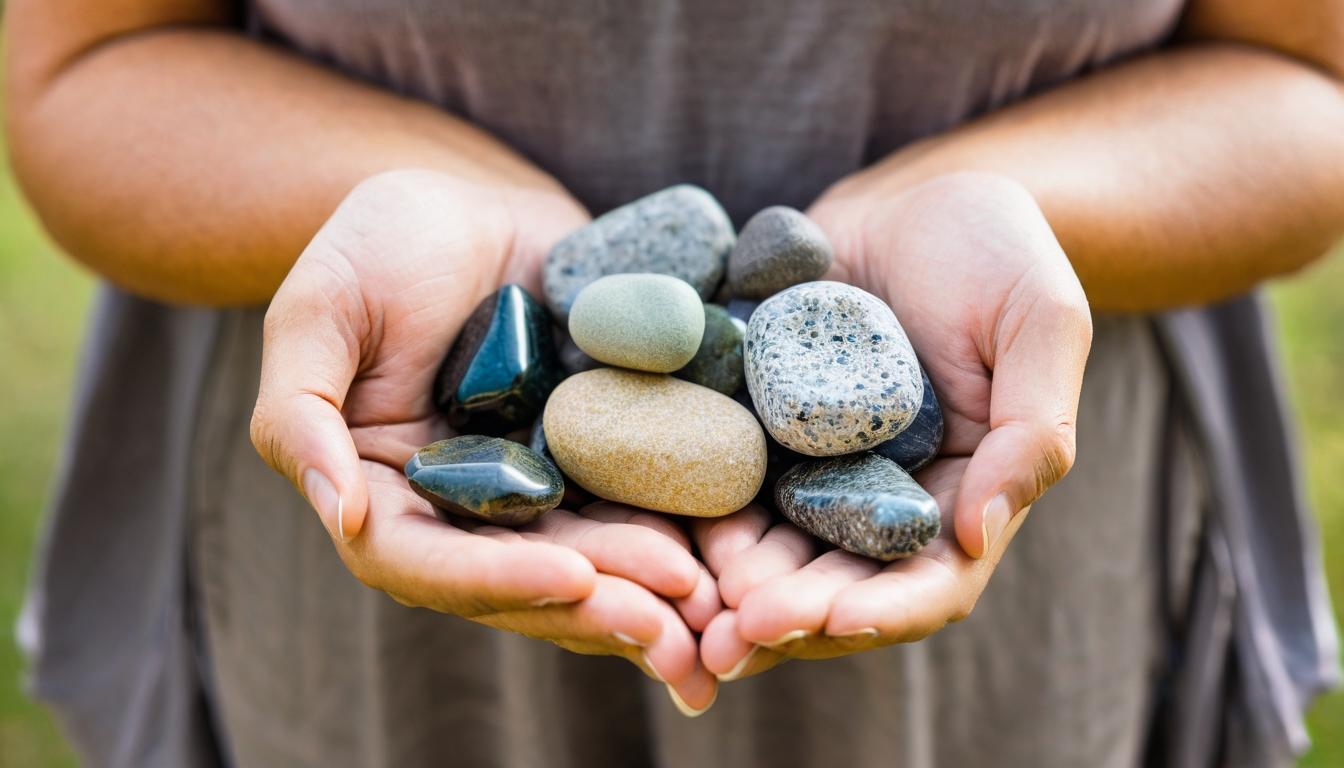The boulder sat silent in the clearing, its granite surface warmed by the morning sun. To most hikers, it was just another rock on the trail—something to navigate around or perhaps sit on for a quick water break. But to the indigenous elders who once inhabited these mountains, this stone was a teacher, a calendar, and a keeper of stories. We've forgotten how to listen to stones, and in doing so, we've lost access to one of humanity's oldest wisdom traditions.
Across the globe, from the standing stones of Scotland to the medicine wheels of North America, ancient cultures understood that rocks weren't inert objects but living entities with consciousness. Modern science is beginning to catch up with what shamans knew millennia ago. Geological studies reveal that rocks undergo constant change, responding to environmental shifts with subtle movements and mineral transformations. The very quartz in granite can store information through piezoelectric effects, essentially creating natural memory storage systems.
What happens when we actually sit with a stone? Not just glance at it, but truly spend time in its presence? The experience can be surprisingly profound. The stone doesn't speak in words, but in sensations—a gradual slowing of breath, a quieting of mental chatter, a sense of timeless perspective. In our hyper-connected digital age, stones offer what we most desperately need: connection to something older, slower, and more stable than our fleeting concerns.
Consider the practice of stone meditation, which has been rediscovered by mindfulness practitioners worldwide. Unlike traditional meditation that focuses on breath or mantras, stone meditation involves holding a rock and tuning into its energy. Practitioners report everything from reduced anxiety to creative breakthroughs. The stone becomes an anchor, pulling us out of our spinning thoughts and into the present moment where real transformation occurs.
Geomancers—those who study earth energies—maintain that certain stones act as amplifiers for specific intentions. A piece of rose quartz might enhance self-love work, while obsidian could help with protection and boundary-setting. This isn't New Age fantasy; it's practical energetics that our ancestors used to navigate their relationship with the natural world. They understood that different minerals carried different vibrational signatures that could influence human consciousness.
The most fascinating aspect of stone wisdom may be its application to modern environmental challenges. Indigenous stone teachings emphasize reciprocity—the understanding that we take from the earth, so we must give back. This principle could revolutionize our approach to mining, construction, and land use. What if every quarry operation began with ceremonies honoring the stone beings? What if architects consulted with geomancers before breaking ground?
Urban environments present unique opportunities for reconnecting with stone wisdom. The concrete jungle isn't devoid of rock consciousness—it's simply waiting for us to notice it. That marble countertop in your kitchen, the granite steps leading to your office building, the gravel in your driveway—all contain the same ancient intelligence as mountain peaks and river stones. The difference is our awareness, not the stones themselves.
Practical stone connection doesn't require elaborate rituals or special training. Start by finding a stone that calls to you—maybe from your garden, a local park, or even a construction site (with permission, of course). Hold it in your non-dominant hand and simply notice its weight, temperature, and texture. Don't try to force any experience; just be present with the stone for five minutes daily. Over time, you might be surprised by the subtle shifts in your awareness and intuition.
The revival of stone wisdom represents more than just another wellness trend. It's part of a larger remembering—a return to the understanding that consciousness exists throughout nature, not just in human brains. As climate change accelerates and digital overload becomes increasingly unbearable, the stones offer grounding, perspective, and ancient solutions to modern problems. They've witnessed ice ages and extinctions, volcanic eruptions and continental shifts. Their patience is infinite, their perspective cosmic.
Perhaps the greatest lesson stones teach is about time itself. In a culture obsessed with speed and instant gratification, rocks operate on geological time. A thousand years is but a moment to a mountain. This expanded perspective can heal our collective anxiety about deadlines, productivity, and the frantic pace of modern life. When we connect with stones, we remember that we're part of something much larger than our daily concerns—we're participants in the grand, slow dance of planetary evolution.
The next time you pass a interesting rock, pause for a moment. Consider that it may have stories to tell and wisdom to share. The stones are waiting for us to remember how to listen. They've been patient for eons—they can wait a little longer. But why make them wait? The wisdom of the ages is literally beneath our feet, waiting to be rediscovered by a culture desperately in need of grounding and perspective.
The forgotten art of listening to stones: what ancient rocks can teach us about modern living

